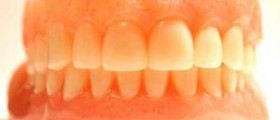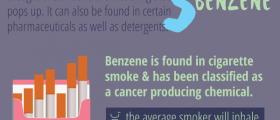
There is a lot of controversy about amalgam poisoning that is hazardous to human health. Some people believe that mercury amalgam dental filings are a significant source of poisonous mercury vapor, which is constantly being released from the fillings and stored in the body. On the other hand, the American Dental Association claims that these mercury containing fillings are completely safe.
About the mercury
Mercury is the most poisonous naturally occurring, non-radioactive, substance on the planet. This actually means that mercury is more toxic than the heavy metals, including arsenic, lead and cadmium. The poisonous mercury vapor, released from the fillings, targets the central nervous system and the kidneys. The damage that is already done cannot be reversed, even if the source of mercury poisoning is removed from the body. The actual concentration of mercury in the brain, blood and urine correlates with the number of amalgam fillings the one has. Smoking and chewing gum severely increases the concentration, up to 10 times. There is even a concern that mercury vapor can cause or worsen degenerative diseases such as Alzheimer's disease, multiple sclerosis and Parkinson's disease.
Symptoms of amalgam poisoning
Symptoms of mercury poisoning usually include sensory impairment or vision, hearing, and speech. Patients often have a disturbed sensation and a lack of coordination. However, the symptoms depend on the dose, method and the duration of exposure. Acute mercury poisoning is relatively rare, and it affects people who have been exposed to sudden and very high dose of mercury, especially vapor from elemental mercury or organic mercury. On the other hand, chronic mercury poisoning is common and affects almost all people with amalgam fillings. The mercury gradually leaches into the body, and it may take years before enough of it has accumulated to manifest a recognizable symptom. The symptoms of mercury poisoning can mimic almost any disease known. Most common symptoms include gastrointestinal problems, sleep disturbances, concentration problems, memory disturbances, lack of initiative, restlessness, bleeding gums and other mouth disorders.Treatment of mercury poisoning
Treatment of mercury poisoning involves quick removal of the mercury source from the body. This means that the dentist needs to replace mercury fillings with the non-toxic fillings of new generation. The removal needs to be done very carefully as the patient may chew and breathe some of the mercury. On the other hand, when the dentist starts drilling the mercury, the dangerous vapor is released, risking both the patient's and the doctor's health. If the process is not conducted in a proper way, the removal can be far more toxic than just leaving it in place.

















Your thoughts on this
Loading...